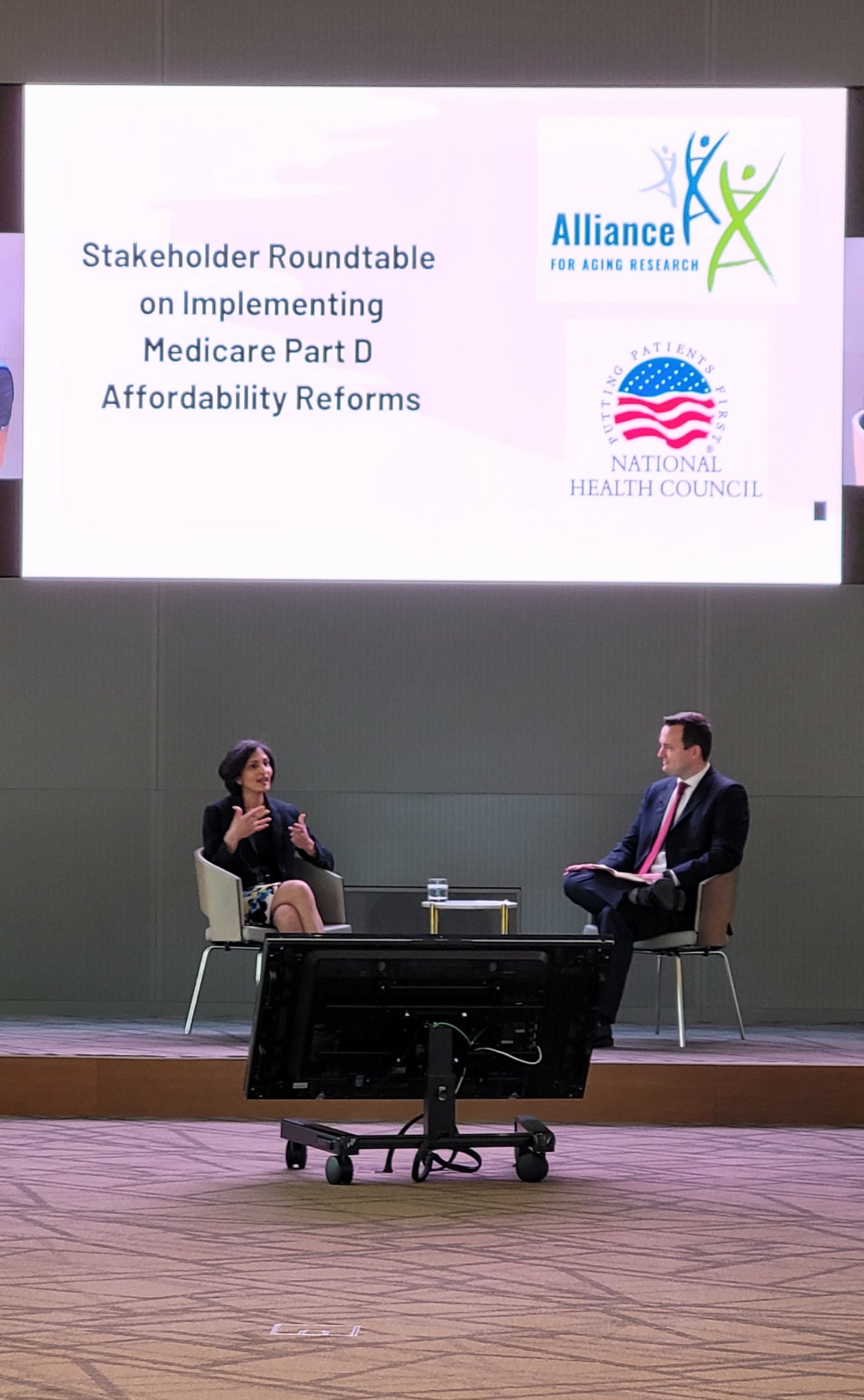
For many Americans, their trip to the pharmacy counter could be the defining experience that shapes their vote in November. According to multiple surveys, rising prescription drugs costs are a major source of voter unrest throughout the U.S. and are certain to be a dominant election year issue. For instance, a poll released last fall by the Kaiser Family Foundation found that 70 percent of respondents want Congress to lower the price of prescription drugs. This concern outweighed their interest in:
- preserving the Affordable Care Act’s (ACA) protections for people with pre-existing conditions,
- lowering the amount people pay overall for health care, and
- protecting patients from surprise medical bills.
No doubt some of this concern can be attributed to the ease of understanding rising drug costs: a glance at the receipt from your local pharmacist tells the story. Compared to unraveling other health care expenses, out-of-pocket prescriptions costs are simple, direct, immediate and, for many Americans, increasingly painful.
The issue of rising drug costs is especially acute in people sixty-five and over who take forty percent of the drugs used in the United States. Many older adults are on fixed incomes and as a group vote in greater numbers than the population as a whole. Given this perfect storm of widespread financial concern and dissatisfaction, engaged voters and an impending election, both Republicans and Democrats are committed to making something happen before the November election.
In fact, Congress is considering a cornucopia of plans to stall or slow the rise in drug costs. But given the current polarized state of Congress, it’s no surprise that even with a bipartisan goal of controlling drug prices, there is only fractionalized consensus on how to get the job done.
The current legislative logjam presents major challenges. House Democrats have passed a bill, H.R. 3, that would require the federal government to negotiate lower prices for some drugs covered by Medicare based on reference pricing in other countries. This approach is a non-starter for Republicans and Senate Minority Leader McConnell (R-KY) has already said he will not bring this legislation up for a vote. Organizations representing patients and people with disabilities have also opposed this approach since international reference pricing uses a discriminatory algorithm called a Quality-Adjusted Life Year, or QALY. Another proposal, sponsored by Senator Chuck Grassley (R-IA), would require that drug prices advance only in step with the concurrent inflation rate. In his State of the Union address, President Trump referenced this approach: “I’ve been speaking to Senator Chuck Grassley of Iowa and others in Congress in order to get something on drug pricing done and done quickly and properly. I’m calling for bipartisan legislation that achieves the goal of dramatically lowering prescription drug prices. Get a bill on my desk, and I will sign it into law immediately.” Despite the President’s optimistic approach, this bill has only limited bipartisan support, and Senator McConnell has not shown any enthusiasm for bringing it up for a vote. The bill faces substantial opposition to the requirement that pharmaceutical companies reimburse Medicare for any overage in costs above the inflation rate. The pharmaceutical industry opposes any such capping of price increases, saying that these limits could hurt funding for innovation and the development of new products.
Senator Mike Rounds (R-SD) recently summed up his dilemma as well as that of many of his colleagues: “I think there is an interest in doing something about the very high cost of prescription drugs,” he said but added that the challenge will be on finding agreement on what changes would be necessary. “The concern that many of us have is we don’t want to limit the research and the desire for improvements of those drugs, and getting that balance is going to be the challenge.”
Chances are, between now and November, members of Congress facing re-election will go to great lengths to find that balance. But even if they achieve an equilibrium that promises lower drug prices, voters may not be convinced that it will be enough to help them balance their own household budgets.
Jim Scott serves as the chair of the Alliance for Aging Research’s Board of Directors. He is also the president and CEO at Applied Policy in Washington, D.C.






